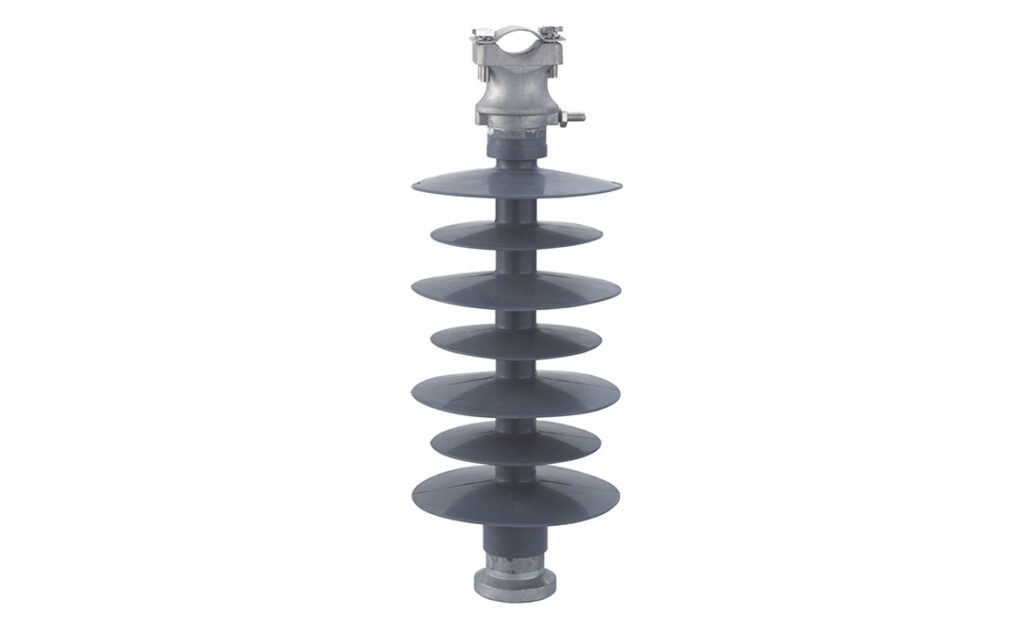
With reducing water levels due to drought, Colombia might employ wind farms to meet its expanding electricity demands. Lower water levels minimize the country’s hydroelectric power generation capacity. Hydropower generates over 70% of the country’s total energy production. Wind farms offer a solution to these concerns by providing a more reliable and diverse energy mix. Wind farms diversify the energy mix, making electricity supply more stable, sustainable, and cost-effective. Furthermore, this enhances energy security and reduces the effects of climate change. In wind farms, post insulators provide mechanical support and electrical insulation for power lines that connect turbines to substations.
High-quality post insulators are designed to endure both mechanical stress and the weight of electrical wires. They also prevent electrical current from flowing into the supporting structures or the ground. They can survive extreme environmental conditions in wind farms. This makes them critical to the reliable and safe functioning of wind farms. By incorporating them into Colombia’s renewable energy industry, they could aid in the development of wind farms. For example, Enel has delayed the 200 MW project, while Celsia is considering selling two stalled projects in La Guajira. Post insulators could encourage the development of these wind farms to fulfill rising energy demands. Discover the functions of post-insulators and wind farms in meeting electricity demand in Colombia,
Use of post-insulators in Colombia’s wind energy industry
Post insulators perform multiple functions, including sustaining high-voltage power lines and avoiding electrical leaks. They can provide both electrical insulation and mechanical support. This is while enduring extreme environmental conditions. The use of post insulators in wind farms ensures that power is produced and transmitted safely and efficiently. Post insulators serve the following tasks in wind energy transmission in Colombia.

- Insulation – the insulators are able to support high-voltage conductors without allowing electricity to flow through their support structures. They are made from materials such as porcelain, glass, and composite polymers. Additionally, they help maintain the integrity of the system by preventing power loss through leakage.
- Mechanical support – post insulators provide physical support to power lines. They are strong enough to handle the mechanical load of the conductors. This is while maintaining their insulation properties. They hold the power lines in place and withstand forces such as wind, snow, and thermal expansion of conductors.
- Environmental protection – wind farms are usually located in areas with strong winds and varying weather conditions. Post insulators have designs to resist these environmental factors for continuous operation. They have features such as resistance to moisture, UV, and corrosion resistance.
- Maintaining system reliability and safety – post insulators in wind farms ensure the safety and reliability of the power transmission system. They help maintain consistent energy flow and protect both the infrastructure and personnel. Post insulators stop the unintentional grounding of high-voltage power lines, which could lead to dangerous short circuits.
- Substation application in wind farms – post insulators also serve in wind farm substations, supporting busbars, switches, and transformers. They also serve as vertical supports for components that handle and manage the high-voltage electricity generated by wind turbines.
The contribution of wind farms in meeting growing demands in Colombia
Colombia relies on hydropower, but droughts and low water levels hinder electricity production. This may result in power shortages, leaving many communities without energy. Wind farms play an important part in addressing this issue. This is because they help to diversify Colombia’s energy mix and give a reliable alternative to hydropower. They also contribute to a reliable electrical supply by minimizing reliance on fossil fuels. Post insulators also improve the safety and reliability of wind farms, allowing for more effective energy distribution. At TTF Power Systems, we are your go-to source for utility pole hardware, transmission line accessories, and power line construction equipment. Offering the widest selection in the industry, we deliver top-quality products, unbeatable value, and expert customer support. Wind farms play the following functions in diversifying Colombia’s energy mix.

- Energy security and grid stability – Colombia could improve its energy security by integrating wind energy into the national grid. Wind farms provide a renewable, cost-effective solution, reducing the need for fossil fuel generation and helping stabilize electricity prices.
- Environmental benefits – the country may turn to thermoelectric plants to make up for the shortfall in hydropower. Wind energy reduces the need for fossil-fuel based power, supporting environmental sustainability.
- Long-term energy resilience – wind farms provide a way to build long-term resilience into Colombia’s energy system. By using wind energy, the country can buffer the impacts of climate variability on hydropower infrastructure.
- Diversification of energy sources – wind energy helps Colombia reduce its dependence on hydropower. Wind farms can step in during low water levels to help meet the demand for electricity to prevent blackouts.